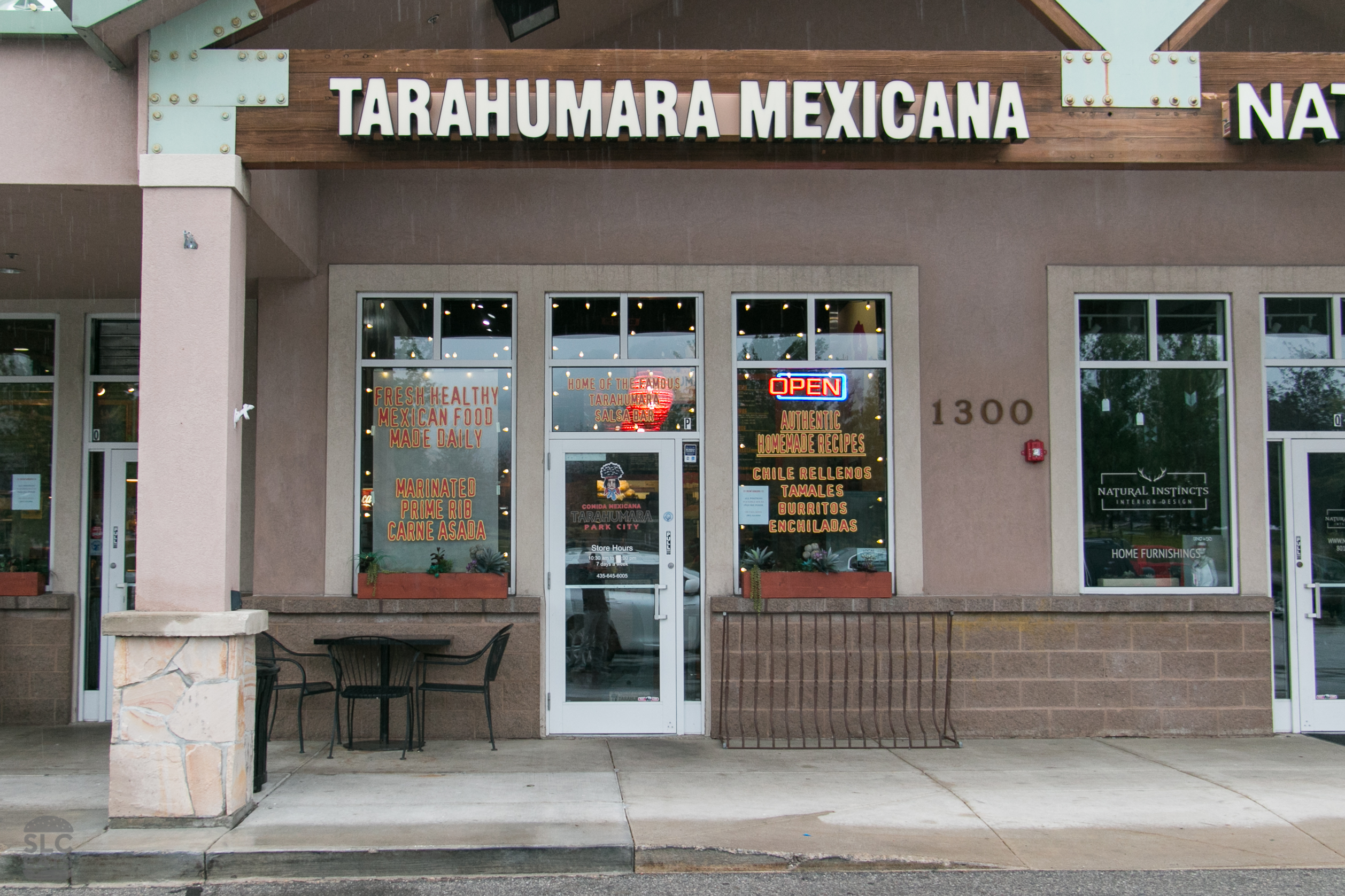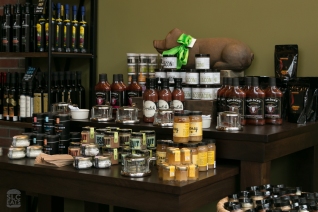
A few years ago, my wife and I travelled around Switzerland during the holidays. One excursion took out to Lac Leman, where we visited an old castle and walked around Montreux (the highlight being visiting Queen’s recording studio inside of a wild casino). It was chilly, and we found ourselves in a park by the lake. The park was decorated with all sorts of holiday cheer, and various vendors were scattered about.
We tucked into one small little wooden hut, and were immediately welcomed by the warmth of a fire and the aroma of melting cheese. We found the right place.
The raclette shack was a warm, welcome reprieve from the bitter cold evening. We sat down and ordered two plates of raclette and watched as they warmed up a half wheel of cheese and the scraped the melted bits onto a plate, then added boiled potatoes, cornichons, bread, and other tasty items to accompany the cheese. That tiny hut, and the rich dish, were the perfect combination to battle a chilly Swiss night.

The same feelings I experienced there were re-kindled in me upon a visit to Deer Valley’s Fireside Dining, located in the Empire Lodge at Deer Valley resort.
Ski lodge by day, it switches over to a wonderful dining location at night. Although it is a big space, the way the lodge is designed it splits tables up among various different locations, giving it a much cozier feeling than you might think.
Fireside Dining is a unique setup; there are five or six different “stations,” each one anchored by a large fireplace that is actively cooking some component of the meal. At our visit, the stations were as follows:
- Raclette, consisting of melted Raclette cheese from the heat of the fireplace, and depositing the cheese on a plate. You then move on to the rest of the Raclette table, which contains charcuterie, potatoes, house-pickled onions, homemade mustards (don’t skip the fig mustard–it’s incredible!), and sliced baguettes.
- A soup and salad station, featuring a beer cheese soup, beautiful gem salad, house made pretzels, and other delicious items.
- A stew station, featuring a rich veal and mushroom stew, wonderfully tender salmon, and hand-grated rosti (ask them to pour the stew over the rosti for a nice, crunchy surprise at the bottom of your stew).
- The carvery station had roasted leg of lamb (they had leg roasting in front of the fire, suspended by string) and ribeye, with some wonderful sauces to complement, and the most deliciously herby spaetzl that I’ve ever had.
- And of course the desserts. The evening we were there, they had a flambé station that featured an orange créme galette, with fresh oranges, sweetened cream cheese, and a blood orange caramel. A few steps away a fireplace was warming three Dutch ovens with white chocolate, milk chocolate, and caramel fondues. Plenty of delicious fruits, cookies, and cakes were nearby to accompany the fondue.
Given the price, I wasn’t sure what to expect from an attire perspective. But it turned out it was a somewhat casual affair, with some in sweaters and snow boots, and most in either slacks or jeans.
The service was exactly what you would expect from Deer Valley: attentive but not overbearing. Always there if you needed them, but never hovering.
When we made our reservation we also reserved a spot on a short sleigh ride which starts and stops right outside the lodge. It was the perfect way to get ready for dinner as we caught snowflakes on our tongues and cheered the horses on.
Reservations for the season open up in the fall, so you’ll want to keep an eye out on social media for Deer Valley’s announcement regarding reservations.
As we sat there that evening, I was transported back, at least momentarily, to the warmth and deliciousness of that evening in the raclette shack in Switzerland. Fireside is welcoming, approachable, and not stuffy in the slightest. The majority of those dining are on ski vacations, and I’m sure Deer Valley would like more locals to know about this unique experience.
We skied at Deer Valley before our dinner, changed into our “street clothes,” and meandered Main Street on our way over to the lodge. If you ski, I’d highly suggest making a whole day of it and then finish it off by dining at Fireside.
Fireside Dining
Empire Canyon Lodge
9200 Marsac Avenue
Park City, UT 84060
(435) 649-1000
Fireside Dining






























































































